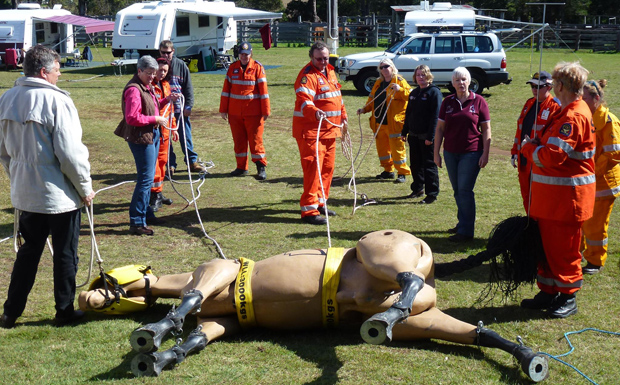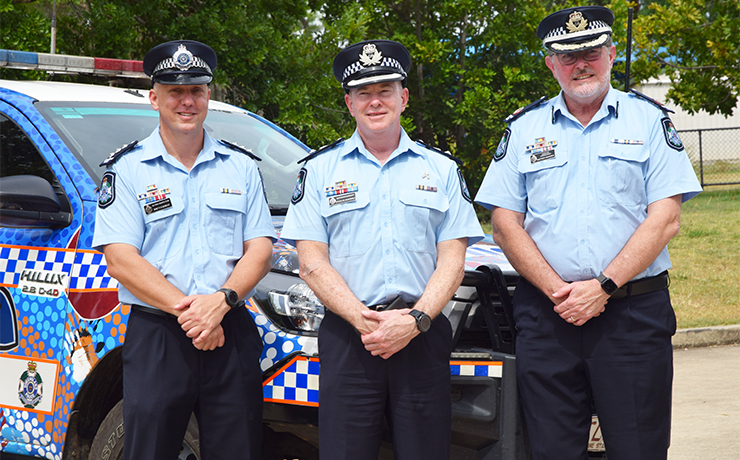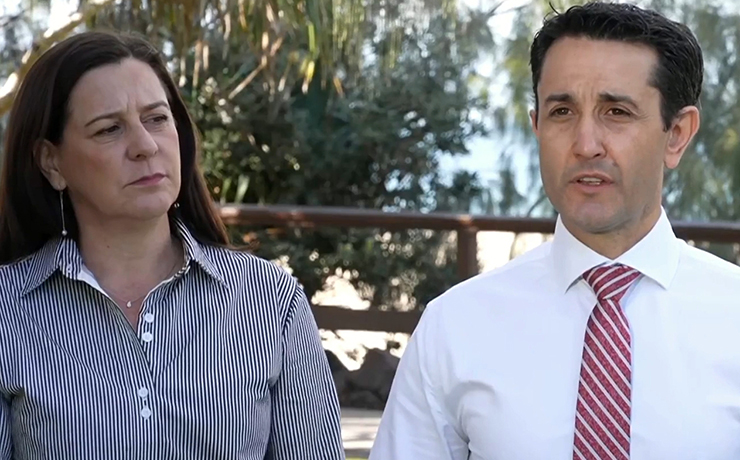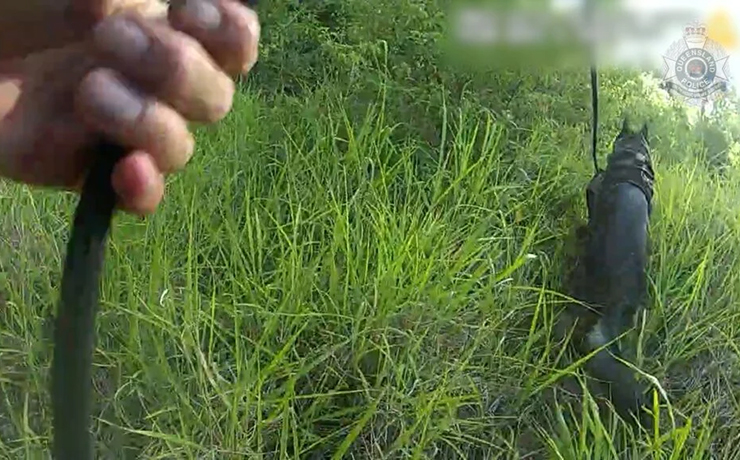
July 23, 2013
Emergency services volunteers can face all sorts of frightening scenarios when they’re on the job, including rescuing injured or trapped large animals.
But would you know what to do if a horse was trapped in mud, flood waters, a ditch, septic tank or a swimming pool? Or even in an overturned horse float …
A vast majority of people say they would risk their own lives to save their animals, but the reality is a trapped and panicked horse can easily kill its would-be rescuers.
And sadly, incorrect rescue attempts can cause severe injuries or death to trapped animals through strangulation, drowning or dropping.
The Queensland Horse Council presented an awareness course in Blackbutt on Saturday to show local volunteers the best way of planning a horse rescue and how to extricate the animal with the least risk to it and the rescuers.
SES members, local rural firefighters and other interested onlookers had the opportunity of practising rescues in different scenarios using a large horse dummy.
The workshop demonstrated how to use the large surface area and skeletal strength of the horse’s torso to prevent injury and increase the chance of a successful rescue.
The Queensland Horse Council also sells copies of “Equine Emergency Rescue“, a guide to rescuing large animals.
[Photo: Debbie Dennien]






















